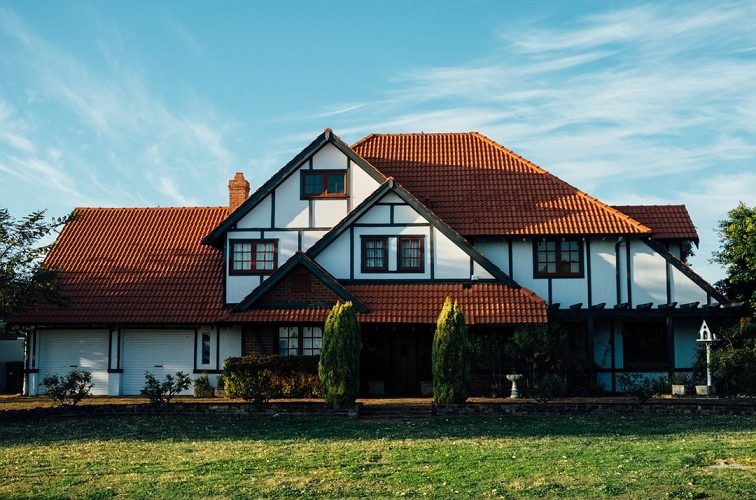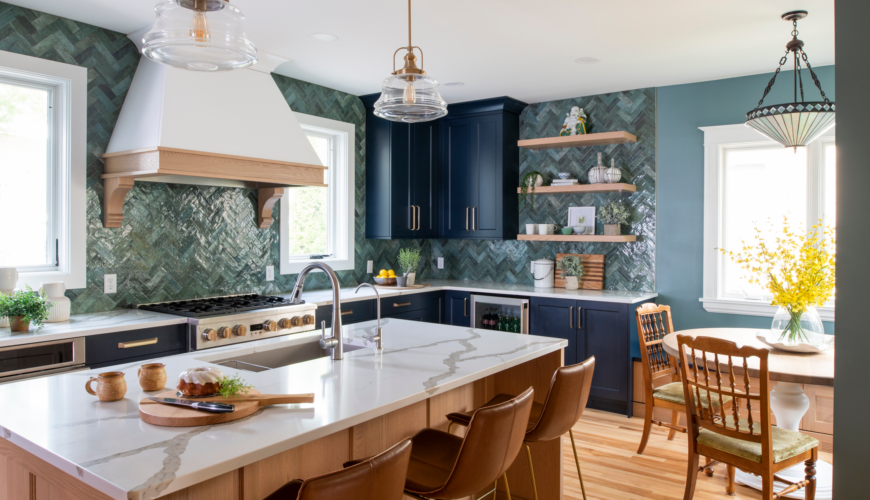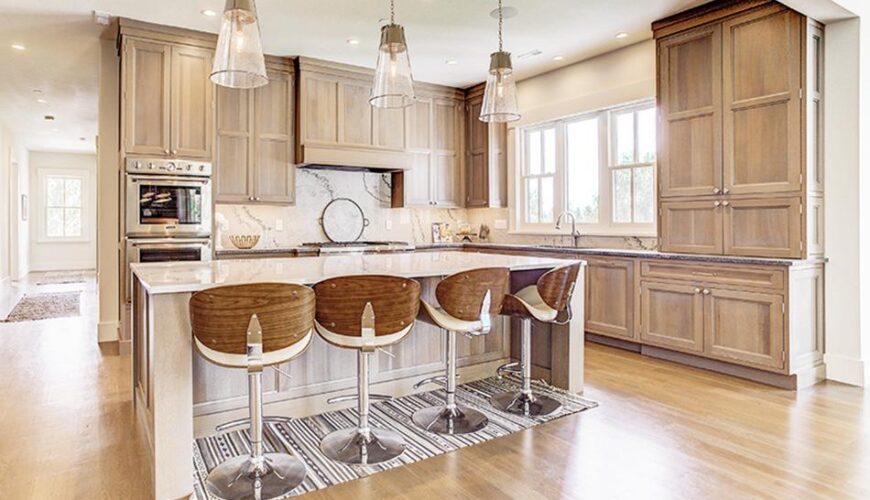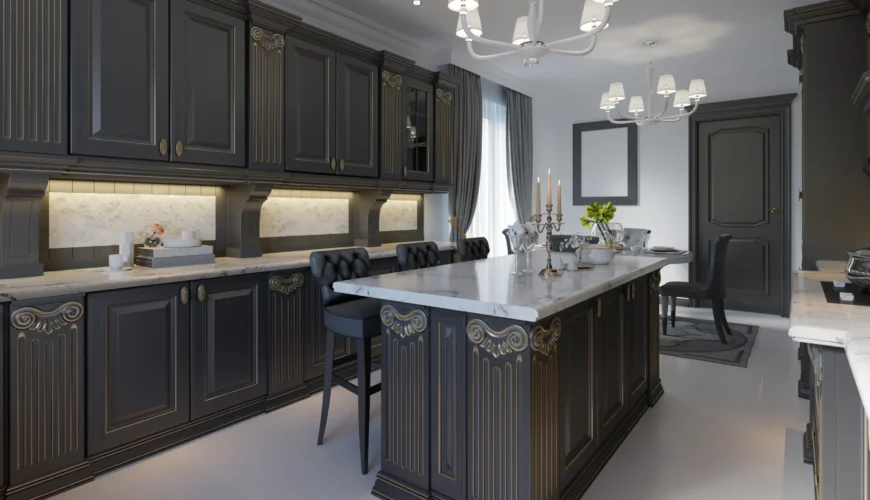Did you know that vinyl is the most popular type of house siding with an average of 213,000 houses sided per year?
However, there are so many more viable options that you can use. Just check out what Siding in Edmonton has to offer.
But despite the variety of house exterior options, you’ll want to get a durable and visually appealing material. Otherwise, you’ll be planning for renovations sooner or later.
So, how do you find the right home exterior siding that checks all your boxes?
Here are the pros and cons of the commonly used siding options to help you make an informed decision:
1. Vinyl Siding
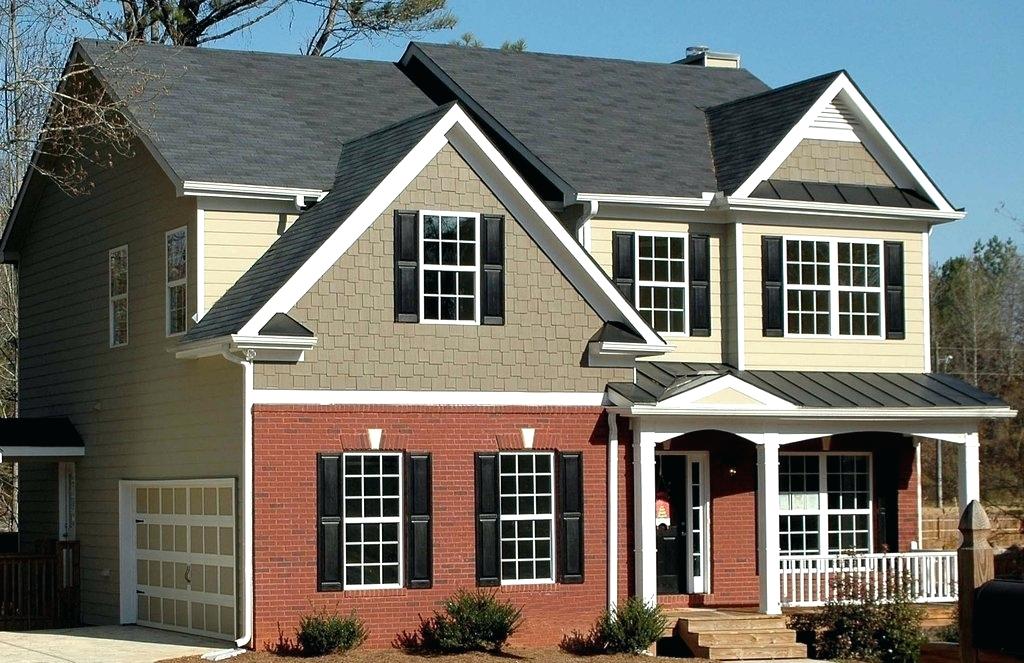
Vinyl siding has improved over the last years to become stronger and more versatile as compared to the traditional models.
Vinyl is made of heated polyvinyl chloride (PVC) with pigments added to it in the blending stages.
The resin mixture is then poured into sheets using a mold to give it the siding texture and patterning. The color is baked in so you don’t have to worry about fading and scratches. That’s an advantage when it comes to whole-home siding replacement.
Pros
- Vinyl siding is cost-effective making it one of the most affordable siding solution.
- It’s durable and can last for up to 20 years with little maintenance. Adding to its durability is the fact that it’s less susceptible to rot and weather.
- It’s versatile in terms of color options and styles. This makes it easy to choose a good design that complements your house’s architectural style.
- Vinyl siding can be customized thanks to its diverse options of overlap and arrangement types.
- Vinyl siding is easy to install. You can install it yourself to reduce the installation cost.
Cons
- If you’re looking for a natural look, the synthetic feel of vinyl may be your best bet.
- Vinyl is non-biodegradable meaning it doesn’t decay thus degrading the environment.
- Siding can easily get dirty, meaning you may need to get Spray Soft Pressure Washing of Volusia County to clean it every now and then.
- It’s not the best choice in extremely cold regions. There are other siding options that can insulate heat better.
2. Wood Siding
Wood is a classic siding option that is appealing to those looking for a high-end look. It’s available in different forms such as board, batten, shingles, and clapboard.
If you’re not a huge fan of the vintage look, you can still use engineered wood options for a more modern touch.
Pros
- Wood siding allows for quicker installation compared to most siding options.
- Has a high insulation R-value making it energy efficient.
- It’s easy to renovate one area of a damaged wood siding without having to remove the entire wall.
- Since it’s degradable, it promotes green home building.
Cons
- Wood siding is susceptible to weather and termites. But the engineered options are less affected by the pests and can withstand weather better.
- To maintain its appealing look, you’ll have to do a lot of maintenance such as repainting and polishing.
- Compared to vinyl siding, wood siding is more expensive.
3. Fiber Cement

- Just like vinyl siding, fiber cement is also man-made. It’s made of a blend of wood fibers, sand, and cement, which makes it a great alternative for wood siding in terms of appearance. In fact,
- it’s relatively cheaper, more durable, and easy to maintain compared to wood siding solutions.
Pros
- This siding material isn’t affected by weather and pests compared to wood siding. In addition, it’s fire- and water-resistant.
- It offers a healthy variety of designs and color to choose from.
- Fiber cement can be designed to look like other sidings options such as brick and stone.
- It’s easy to maintain, saving you money and time.
Cons
- Since fiber cement is heavy, the installation process is quite hard. This eliminates the possibility of DIY home improvement.
- It’s a little bit more expensive compared to vinyl.
4. Brick and Brick Veneers
Most people love brick siding due to its long-standing nature and rustic appearance. There’s also the brick veneers which are used on homes whose structure wasn’t built with bricks, but the homeowners would love to use it as an exterior siding.
Pros
- Brick siding can last way longer compared to all other siding solutions.
- Bricks require little to no maintenance to keep its original look. Doesn’t need to be cleaned that often.
- Brick siding is resistant to weather and other potential damages.
Cons
- When using veneers, the installation is quite daunting since the bricks must be tied back to the building structure to prevent movement.
- It’s difficult to change the color of brick siding, so once you choose a color you’re probably stuck to it.
- Brick siding can be really expensive.
5. Stucco
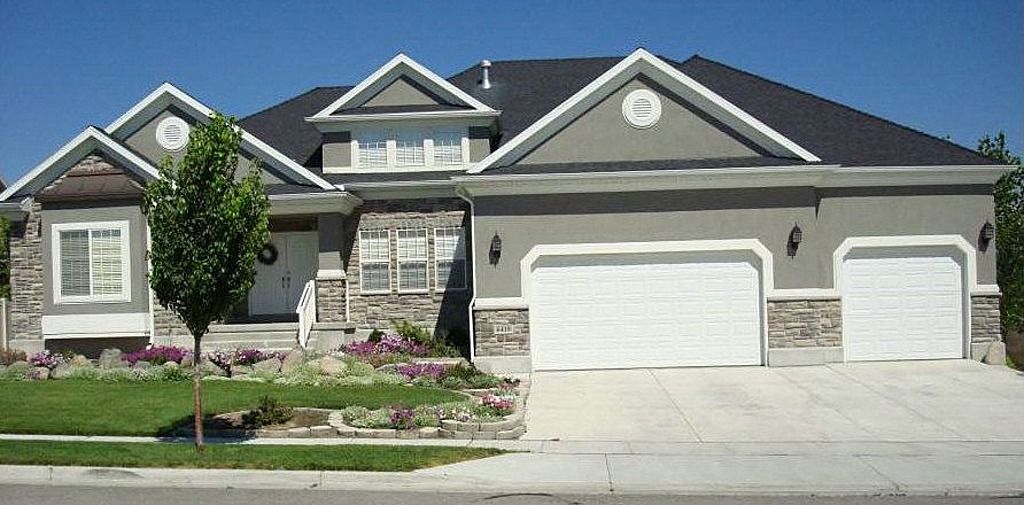
Usually, stucco is a mixture of cement, sand, and lime. It’s mostly layered over the existing house siding and can also be used as a primary siding option. Just like Marmorino plaster, stucco can be used for both exterior and interior finishing.
Pros
- Stucco siding is long lasting if properly installed and well-maintained.
- It’s energy efficient due to its improved insulation capabilities. This cuts on the energy bills.
- It’s resistant to fire.
- It has an appealing natural earth tone.
Cons
- While stucco siding option is less expensive compared to most siding solutions, installation costs can be pretty expensive since it requires more labor and skills to install.
- It’s also time-consuming since it may require several coats for it to completely dry.
- If you live in regions with high humidity, stucco siding may not be an ideal option for you because
- it may not dry completely.
- It demands moderate maintenance.
Choose the Right House Exterior Options for Your Home
Now, that you’re familiar with the advantages and disadvantages of various house exterior options, you can make a more informed decision.
Check out these gorgeous home exterior design ideas that’ll complement your house’s siding.

